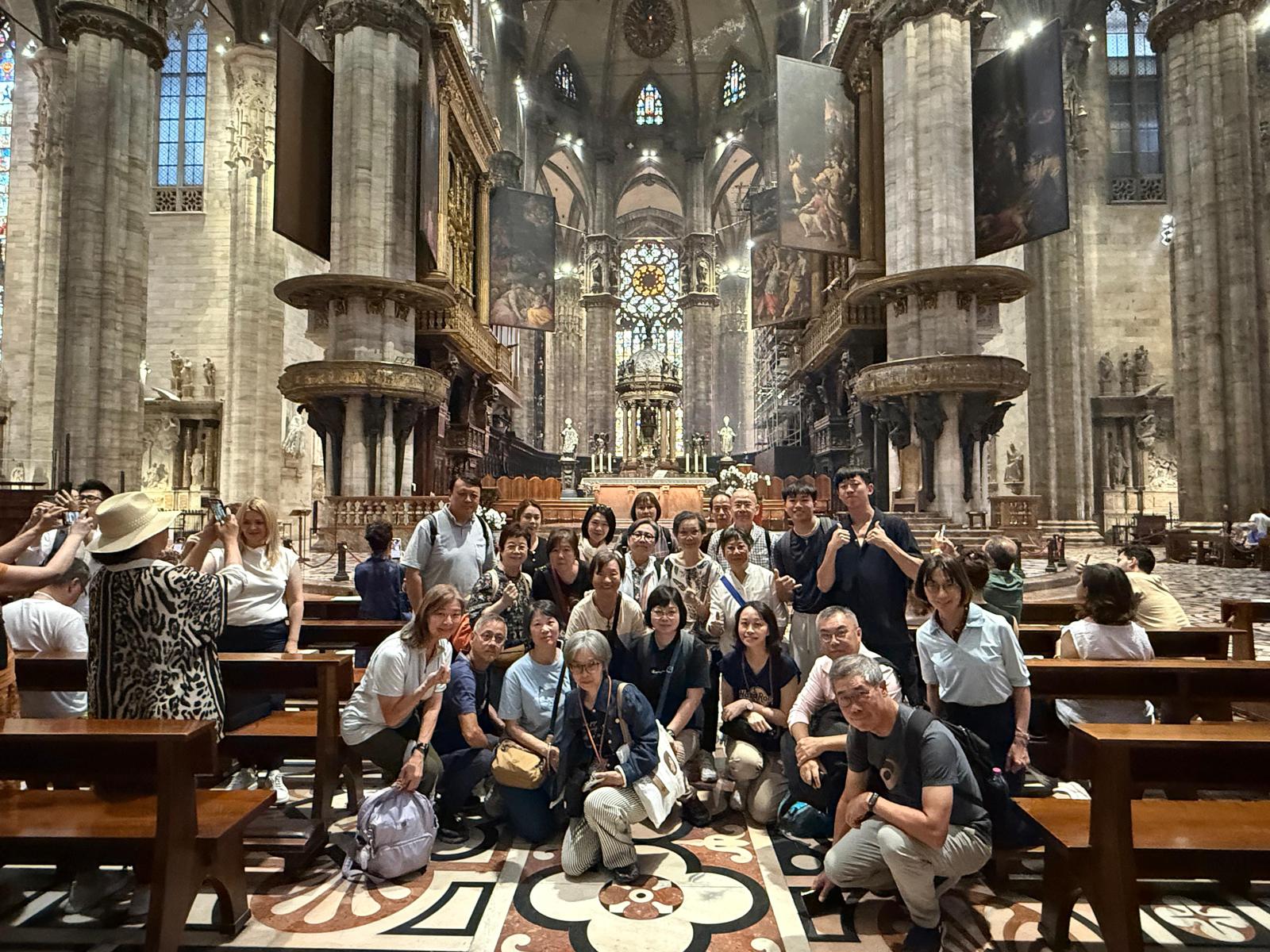Joaquim Magalhães de Castro
Tired of successive conversions to the Christianity of many of his subjects, the new Mughal emperor, Shah Jahan, began by prohibiting the entry and residence of more foreigners in 1629, and in 1632 imposed a siege on Hugli.
During this period of resistance – which would have been witnessed by Father João Cabral, who meanwhile had returned from Western Tibet where he left his residence after crossing the kingdom of Nepal (he was the first Westerner to cross such places) – the Portuguese decided to burn the convent because they feared that it might be used as an outpost by invading forces. Thus, after 192 years of permanence and domination, Portuguese merchants and proselytizers were deprived of their privileged role in Bengal. But not for long, as we shall see later.
As prisoners, the priests were taken to Delhi with a death sentence, intended to be “crushed by elephants.” However – certainly fearful of future reprisals by the Portuguese authorities in Goa – the emperor Shah Jahan not only ordered the liberation of the priests but even granted them a piece of land on the banks of the Hooghly River (hence the term Hugli) precisely in Bandel. Later, in 1660, the son of Shah Jahan, Emperor Aurangbez, would authorize the reconstruction of the church, where a much venerated statue of the Virgin Mary – fallen to the river during the precipitous flight, and later rescued from its bed by the remaining Christians – would return to occupy a suitable place and still receives pilgrims today. Maybe that’s why the church was named Our Lady of the Rosary.
It is said that the original temple was erected in 1640 by a certain Gomes de Soto in the vicinity or even on the ruins of the former convent of the Augustinians, of which there remains a simple stone, near the east gate, where the year “1599” is visible, dating its construction.
The church of Bandel, as it is also known, would undergo enlargement works in 1676, thirteen years after the Jesuits built one of its already famous colleges in the factory. On November 25, 1988, after the addition of three other altars, several tombstones and an organ, this temple, also dedicated to Our Lady of the Navigators, was declared, during the visit to India of Pope John Paul II, as a “minor basilica.” It is now perhaps the most obvious sign of our passage through Bengal lands. Local Catholics, many of them Portuguese descendants, would never allow heretics, i.e. Protestants, to dwell there, and even today they keep and celebrate the most genuine Catholic traditions. Moreover, they are shared by people of other creeds, who integrate them with their ancient Hindu habits.


 Follow
Follow


